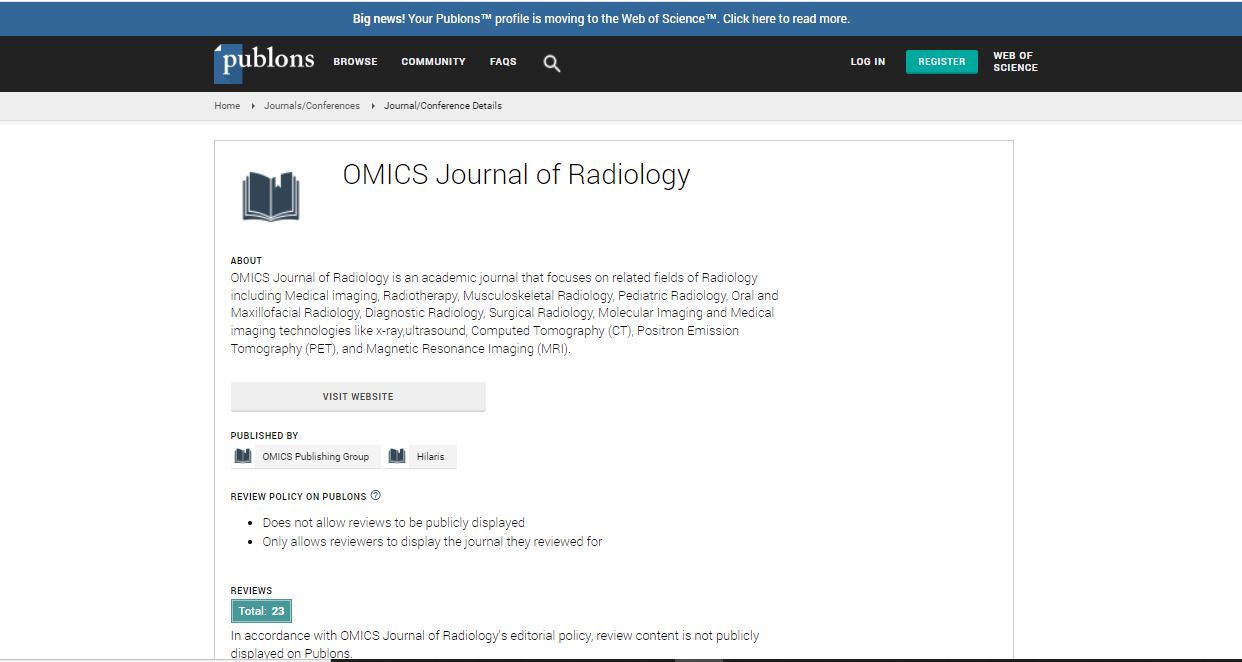Case Report
Isolated Fallopian Tube Torsion: A Case Report and Review of Literature
| Kevin S Baker1*, Ammar A Chaudhry1 and Rajarsi Gupta2 | |
| 1Department of Radiology, Stony Brook University Medical Center, NY, USA | |
| 2Department of Pathology, Stony Brook University Medical Center, NY, USA | |
| Corresponding Author : | Kevin S Baker Department of Radiology Stony Brook University Medical Center Stony Brook, NY 11794, USA E-mail: Kevin.Baker@sbumed.org |
| Received February 27, 2013; Accepted March 08, 2013; Published March 12, 2013 | |
| Citation: Baker KS, Chaudhry AA, Gupta R (2013) Isolated Fallopian Tube Torsion: A Case Report and Review of Literature. OMICS J Radiology. 2:113. doi: 10.4172/2167-7964.1000113 | |
| Copyright: © 2013 Baker KS, et al. This is an open-access article distributed under the terms of the Creative Commons Attribution License, which permits unrestricted use, distribution, and reproduction in any medium, provided the original author and source are credited. | |
Abstract
Isolated fallopian tube torsion is a rare cause of pelvic pain in female patients. We present the case of a 10 year old female without significant past medical history who presented with acute left lower quadrant abdominal pain. A CT scan of the abdomen/pelvis showed a dilated, tortuous, fluid-filled structure in the left adnexal region which was ultimately diagnosed as a torsed fallopian tube. Subsequent trans abdominal ultrasound examination documented the fallopian tube’s lack of vascularity with color Doppler and demonstrated thickened, edematous walls and longitudinal folds. The ipsilateral ovary maintained normal vascularity and was unremarkable. The patient underwent laparoscopic salpingectomy, and pathologic examination of the specimen confirmed hemorrhagic fallopian tube necrosis. The patient recovered without complication, and has not experienced any pain recurrence since the procedure.

 Spanish
Spanish  Chinese
Chinese  Russian
Russian  German
German  French
French  Japanese
Japanese  Portuguese
Portuguese  Hindi
Hindi 
